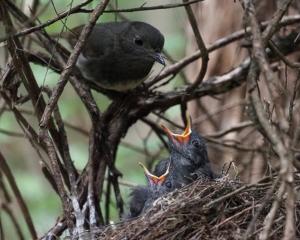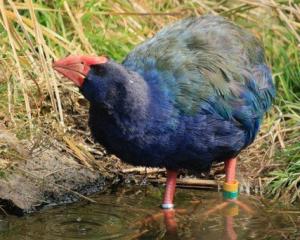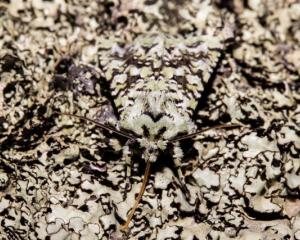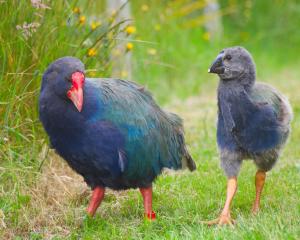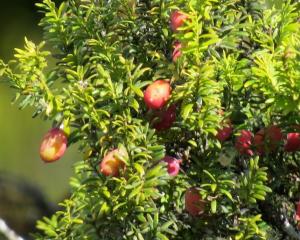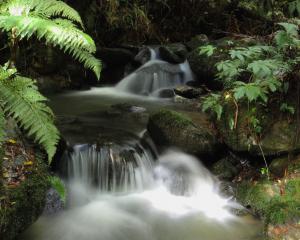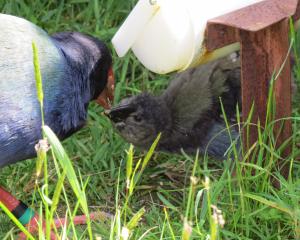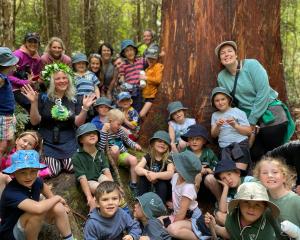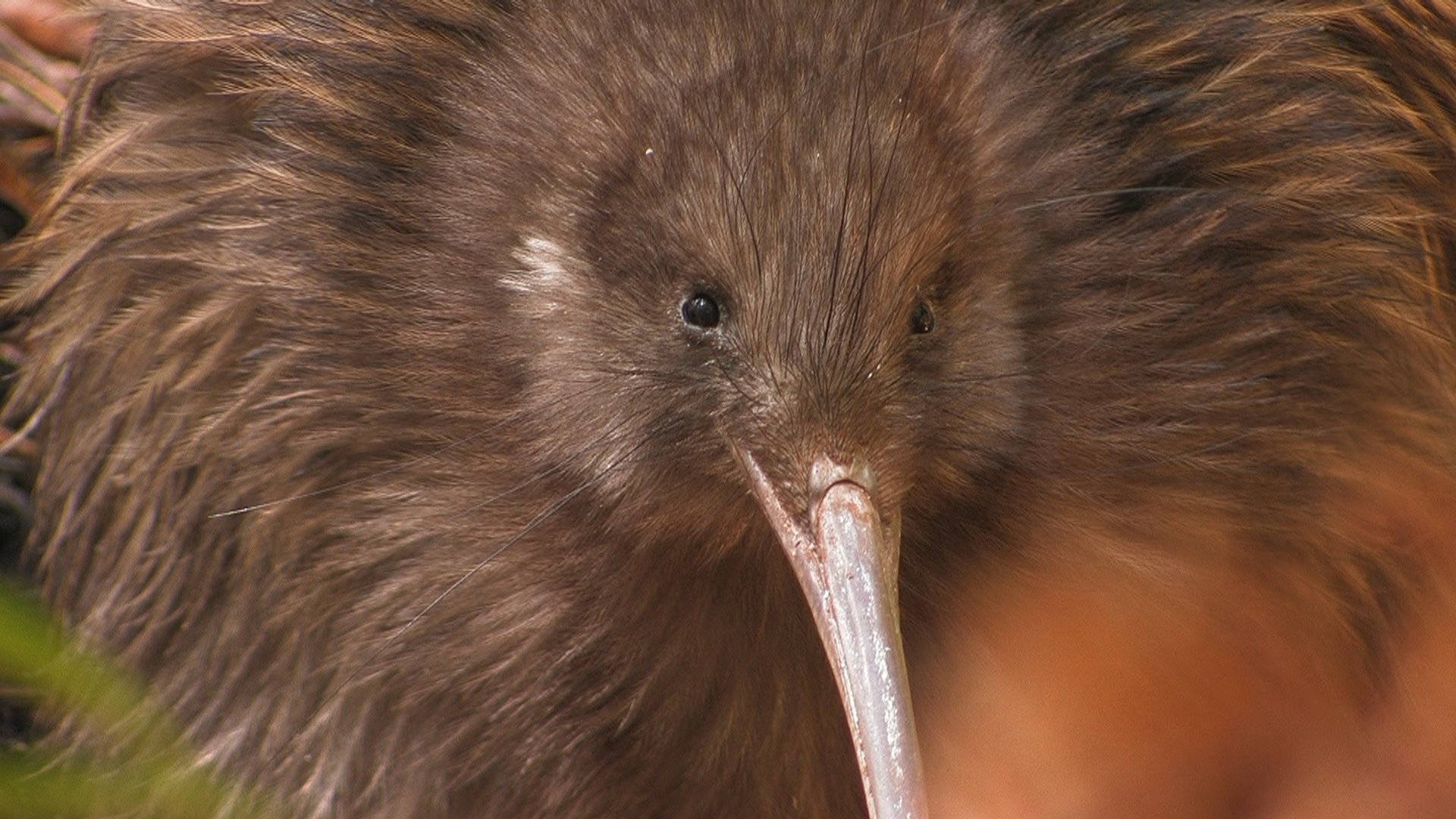

This labour-intensive process starts out with Doc rangers searching through remote bush for adult kiwi in the scattered remaining wild populations. These expeditions are conducted in the pitch black of night, when the kiwi are active. The rangers mimic kiwi calls then listen carefully for the location of the response. The recovery requires carefully capturing kiwi. As adult Haast tokoeka females can grow up to 3kg and the males 2.5kg this is quite a feat. Tokoeka means a weka with a walking stick, alluding to the kiwi's long bill. They also have very long claws, good for defending themselves against predators.
A core population of Haast tokoeka live in an 11,000 hectare reserve west of Mt Aspiring in the northern Haast Range. Once caught, transmitters, which can be monitored from the air, are attached to the male and female Haast tokoeka kiwi as they are both responsible for incubation, then their movements are monitored for signs of nesting.
Unlike other taxa of kiwi, the Haast tokoeka have only one nest a year, but they are likely to lay another egg after their first egg has been recovered by the rangers. The timing of taking the egg from the nest is critical to the hatching survival rate. Too soon and the embryo may not survive the transportation to the captive rearing facility; too late and the egg may hatch, exposing the young chick to predators and making the parents less likely to lay again that season.
The Haast tokoeka kiwi eggs can take up to 80 days to hatch. If the egg has hatched at a captive rearing facility, such as Willowbank, the chicks are hand-raised in brooding pens. As they develop, their weight and measurements are recorded and, at about 500g (two weeks), Kelly Gough, lead ranger of Orokonui gets the call that the chicks are on their way.
In preparation for their stay, Kelly fences off small enclosures dotted around the kiwi creche, within the predator-proof fence of the ecosanctuary. These enclosures contain a food box and a nesting box and house the young kiwi for their first two weeks to help them settle in. After this, they are free to roam within the 15 hectare kiwi creche, during which time their feed is gradually reduced as they learn to forage for themselves.
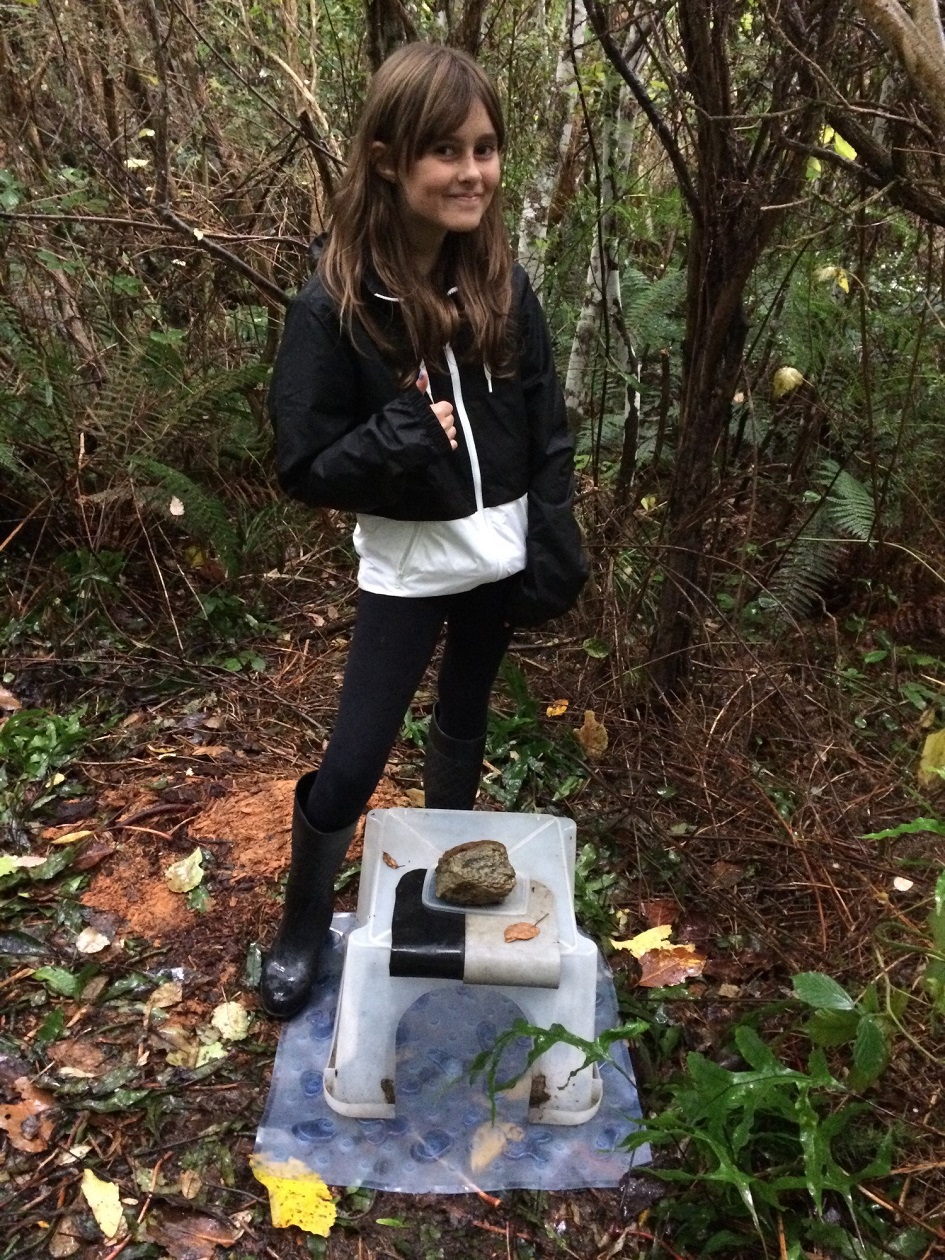
Barbara has done both the day shift and evening shift over the years. These shifts don't correspond to the kiwi's active time, as they only venture out at night, so volunteers generally wouldn't see the kiwis. But there is much evidence of their activities when the morning volunteers are faced with cleaning up their feeding boxes, as kiwis are known to be messy eaters. Each strewn morsel of food has to be picked up and, with the left-overs in the food container, meticulously measured to see how much supplementary food the kiwi is eating. The morning routine also requires the area to be disinfected daily to prohibit any mould from growing.
Barbara reminisces about doing the evening shift as a wonderful experience as she would be the only person in the entire place. Her husband Ross came to help her one night and had a rare and exciting encounter with the kiwi chick called Kahu. Kahu had the habit of waking up early at dusk, and on this occasion zipped between Ross' legs and to their utter surprise came back and shot under a bush.
Another special encounter for Barbara was being invited to observe the kiwi health check — when the juvenile kiwi are tracked down via their transmitters by the Orokonui operations team and weighed and measured. She marvelled at their large feet, tiny ears, nostrils on the ends of their beaks and the fleshy vestigial wings under their feathers.
Sometimes diseases can get passed on to the chicks from mice or sparrows, as may have been the case with one chick this season, who after their health check was deemed to be losing weight and was whisked off to the Dunedin Wildlife Hospital for observation.
On the chick’s return it had put on weight again, cleared three health checks to graduate from the kiwi creche and left the ecosanctuary a couple of weeks ago.
The highlight of Barbara's five years of helping with the kiwi creche was being honoured, with fellow volunteer Joy Pringle, to transport two Haast tokoeka kiwi from Orokonui to their new home in Centre Island/Tihaka in Lake Te Anau. The Orokonui operations team got the chicks ready in the morning, then Joy and Barbara drove the precious cargo to Lake Te Anau. There they met Jane Tansell, and joined her on the Doc boat to deliver the chicks to the next stage of their lives


